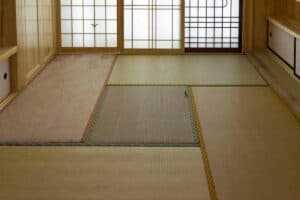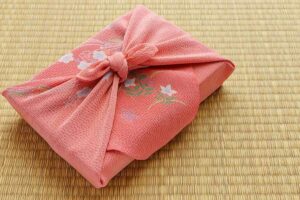Have you ever been to Japan? If you have, then you know that their bathrooms are different than what we’re used to in America.
But why are they so different?
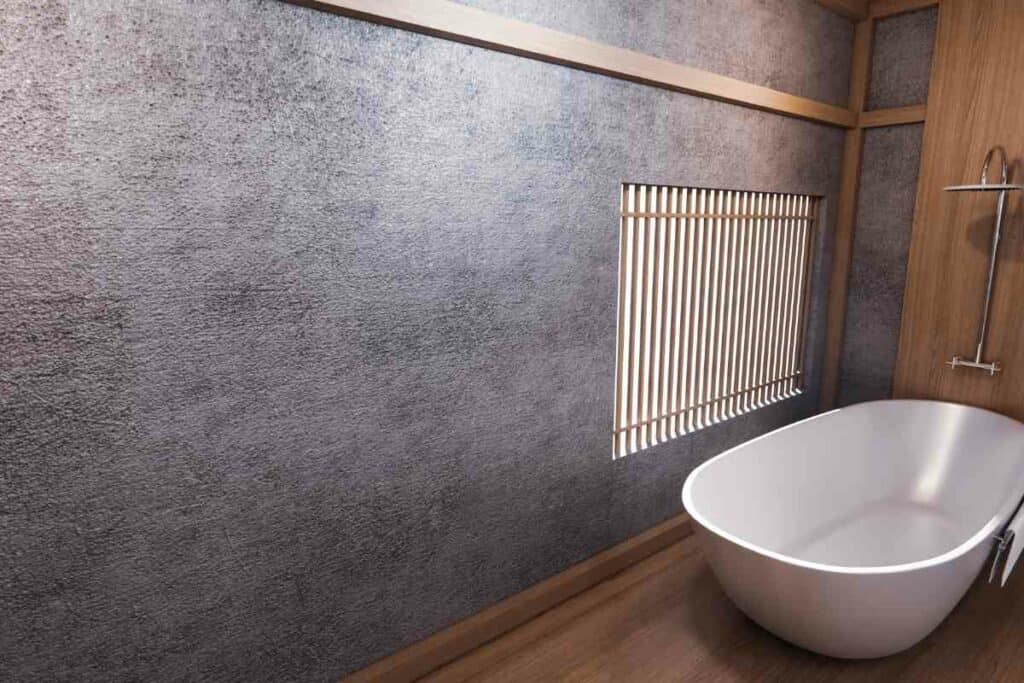
From the layout to the toilets, and even to the bathtubs, almost everything about a Japanese bathroom is different from an American bathroom.
Most of the differences stem from different cultural values; American culture opting for convenience, and Japanese culture upholding cleanliness and tradition.
Table of Contents
The Rooms
Yes, that’s right, rooms.
In an American bathroom, everything is in one room.
There may be some houses where the toilet is in a small closet-type room to separate it from the washing area, but that smaller-than-a-powder-room space doesn’t count as its own room because it is still inside the bathroom.
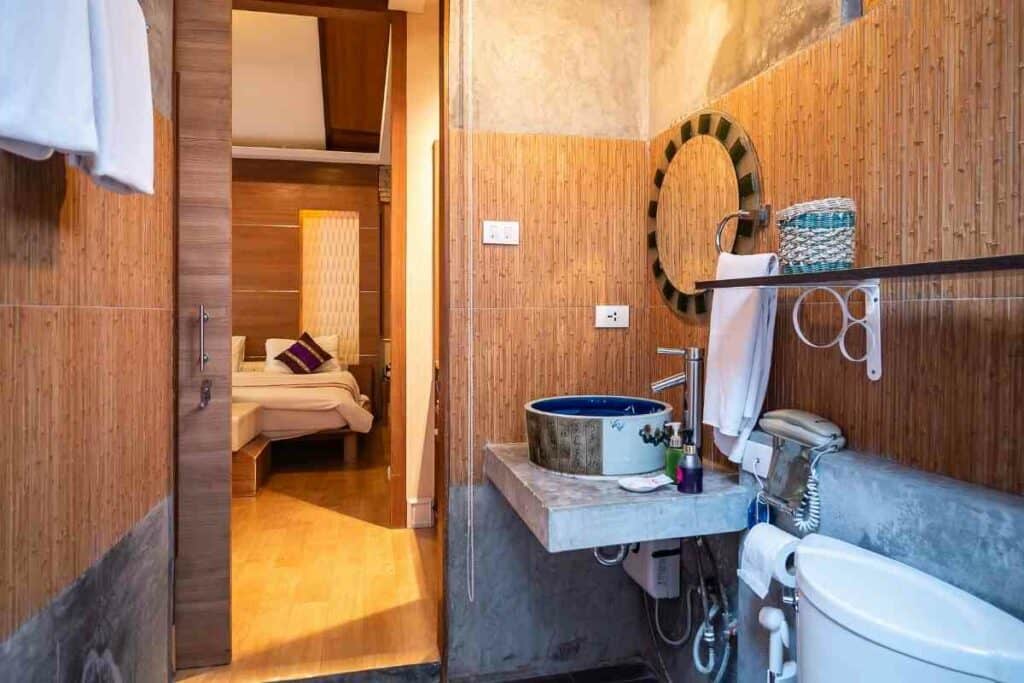
Japanese bathrooms are very different.
Instead of one room, there are three rooms:
- The first room is the undressing room. This room is for storing your clothes while you bathe. This not only keeps your clothes dry, but it also stops you from bringing dirt and dust into the bathing room from your clothes.
- The next room is the bathing room. In this room, there is a shower and a bathtub. This room can be thought of less like a room, and more like stepping into a sauna. The bathing room is designed so that the entire floor can drain water. The shower is separate from the tub, and the water flows directly onto the floor. You’re supposed to shower before getting into the tub to soak.
- “But what about the toilet?” The toilet is in another room entirely and it isn’t connected to the undressing room or the bathing room. The toilet room is just another room off of a hallway.
The Tubs
You’re probably pretty familiar with a standard American tub.
A sort of squoval shape, sometimes in combination with a shower, sometimes free-standing. But almost every adult can agree that once you get into a tub not everything is covered in water.
The hot bath water also cools pretty quickly because of the cool temperature of the tub. You’re lucky if your bath stays warm for 20 minutes.
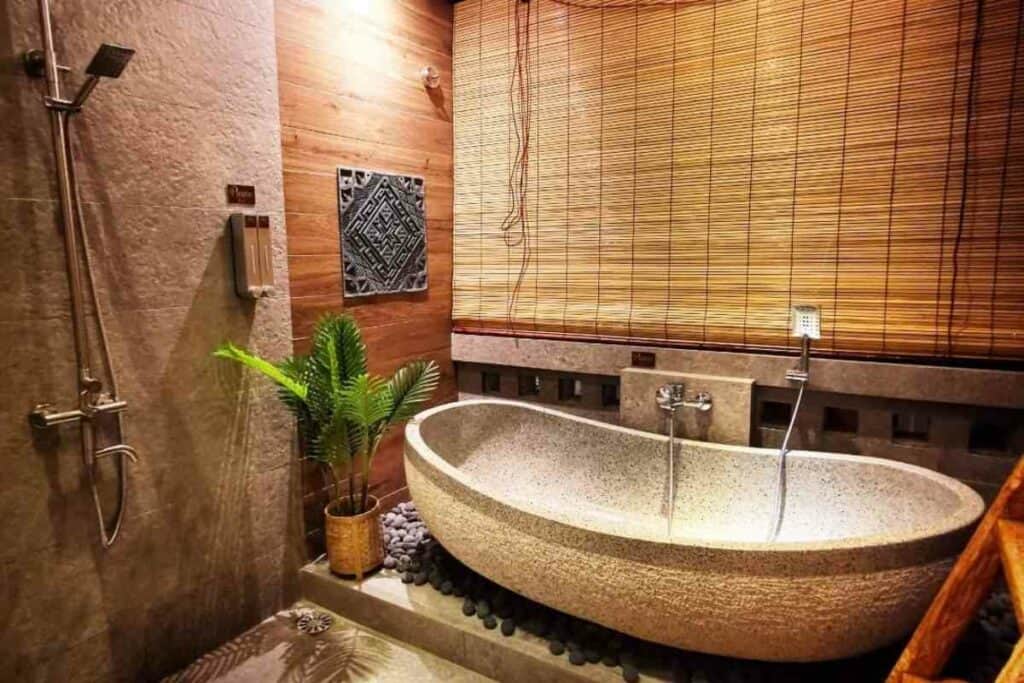
American tubs also have an overflow drain to stop water from pouring over the top of the tub. This is great for your floors, but it means your tub will never reach its full potential on how full it can be.
Japanese tubs are designed much differently.
For Starters – They are much bigger than an American bathtub, so when you get in you can be completely submerged up to your neck.
Can you even imagine having a bath where your entire legs and chest are under water and your knees aren’t exposed in the cold?
Modern Japanese bathtubs come with technology that keeps the water at a specific temperature. This is normally set to 104 – 110 degrees Fahrenheit.
This means you can soak until the episode of your favorite show is finished, or until you finish those last few chapters of your book.
Even Better – Some bathing rooms are even equipped with a tv so you can spend time relaxing while you soak. This is, after all, the main purpose of soaking in Japan.
The Toilets
American toilets have stayed pretty much the same.
The same porcelain throne with a water tank, a seat lid, and the seat that can be put up and forgotten to be put back down.
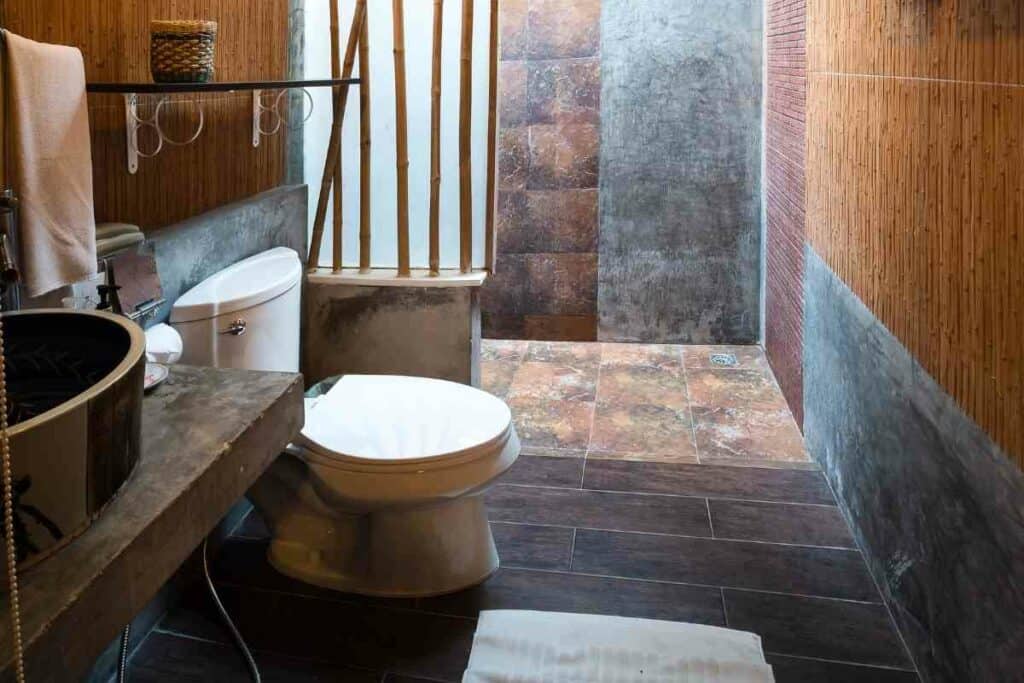
Japanese toilets, on the other hand, have evolved several times.
There are three different types of toilets you can find in Japan.
和式 Washiki
The first toilet is a squatting toilet.
These toilets are mostly found in homes, restaurants, and public spaces that are older and haven’t been updated.
They look like a urinal if it were installed horizontally on the floor.
You squat over the trough facing the back wall, and flush in a similar way to American toilets, with a handle, a pedal, or a pull cord.
洋式 Yōshiki
The second type of toilet you’ll find are Western or American toilets.
This was the first major upgrade from squat toilets.
温水洗浄便座 Woshuretto
The third type of toilet, and the most popular type of toilet, is the washlet.
A washlet is a technologically advanced combination of a toilet and a bidet for the most hygienic experience.
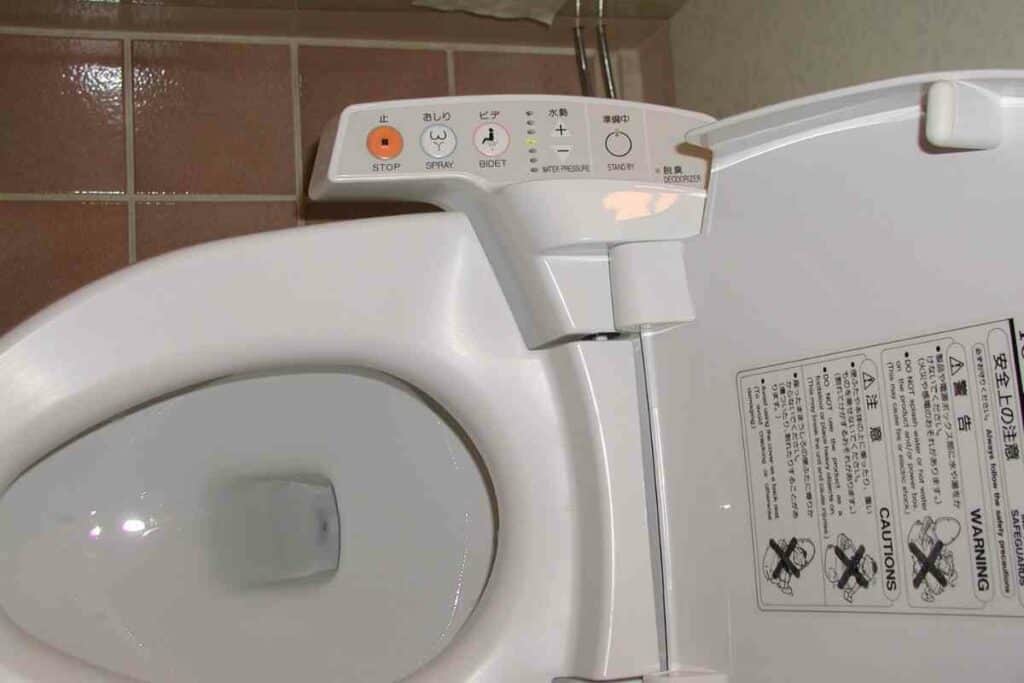
There are many different functions a washlet can have, but these are some of the basic ones:
- heated toilet seat
- automatic flushing
- automatic lid
- self-cleaning capabilities for the toilet and bidet nozzle
- an air dryer for after using the bidet
- deodorizer
- full control panel
The list continues to grow as more functions are being tested.
They are even researching technology to add medical sensors to the washlets that can read blood sugar levels from urine, and check the pulse and blood pressure of the occupant that then sends the information to a doctor.
Entering a bathroom in Japan also requires a shoe change.
To keep bathroom germs from being carried all over the house, you are expected to put on a special pair of bathroom shoes that are then removed before you leave the bathroom.
Public Bathrooms
There isn’t much difference between American public bathrooms and Japanese public bathrooms.
You can find both just about anywhere, most establishments will have one available for customers, and they are free to use.
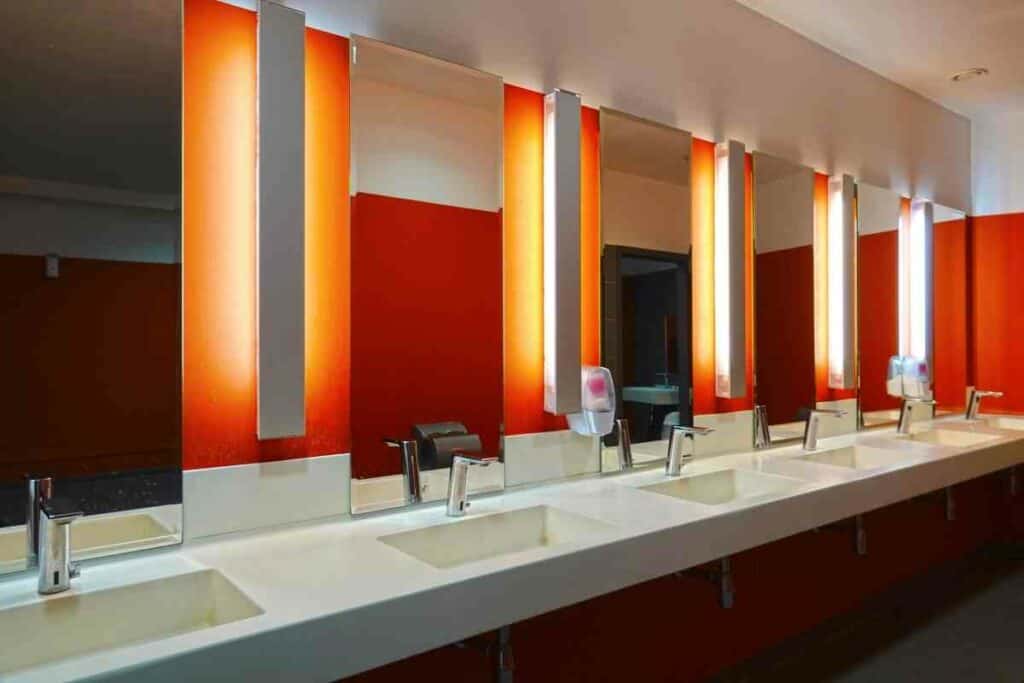
The only difference worth noting is some Japanese public bathrooms may not come equipped with toilet paper, especially if the toilet provided is a washlet.
If you’re uncomfortable with using a bidet, you should carry toilet paper with you.
Final Thoughts
American culture puts a heavy focus on convenience.
Having a bathroom where you can pee before getting into the shower, and then get out of the shower to brush your teeth saves time and saves space in the house.
Japanese culture, on the other hand, has a heavy focus on cleanliness, order, and tradition.
It isn’t sanitary for a toilet to be in the same space as a shower or tub, or even by a sink where you keep your toothbrush.
Read Next
- Best Japanese Knives Top Picks for Every Kitchen
- Japan’s Bold New Trend: Dressing Like a British Gentleman (or at Least Trying)
- 7 Best Japanese Sunscreen Products You Can Buy Online
- 5 Best Japanese Makeup Brushes for a Flawless Finish
- 7 Benefits Of Tatami Mats You Should Know
- The Best Furoshiki Wrapping Cloths: Inspiration, Ideas & Cloths You Can Buy





